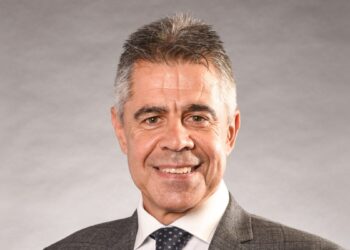Last year, a report released by Rise Warner and the SMSF Association indicated that SMSFs can be competitive with APRA funds at around $200,000.
Following the report, SMSF services provider Heffron said there now exists a grey area between $200,000 and $500,000 where some members will be better off with an SMSF and others an APRA-regulated fund.
“This leads to the question, how is this group to know whether an SMSF or an APRA-regulated fund will set them up in the best way possible for retirement?” Heffron questioned.
For clients with balances that fall into this grey area, Heffron said there are a number of factors impacting which type of fund is best for them.
“For those members who are fast and furious, contributing as much as possible and growing quickly, getting into an SMSF as soon as possible is likely to make sense,” Heffron explained.
“This is just maths. Moving from an APRA fund to an SMSF costs money — there will be tax to pay that will reduce their balance when assets are sold to make the move.”
This can be significant if investments do well while the balance is building quickly, Heffron noted.
“If an SMSF is going to become a better option in a year or two, starting an SMSF at a time that appears a little too early might well be cheaper in the long run if these costs can be avoided,” it said.
“Conversely, someone in the superannuation grey zone who is approaching retirement is more likely to find that sticking with an APRA-regulated fund is best for them. Balances eventually tend to go down in retirement as we use our superannuation for income to live on, making the SMSF less cost-effective over time.”
The types of investments that the client wants to have in their fund may also influence which choice is best, Heffron said.
SMSFs, it said, have the opportunity to invest in a broad range of investments including large property funds, more unique opportunities such as initial public offerings (IPOs) or property, which may not be available through APRA funds.
“Those with less than $500,000 who plan to take advantage of some of these opportunities might well conclude that an SMSF makes sense for them,” it said.
The level of interest and knowledge that the client has in managing their own superannuation can also influence the decision.
“Generally, those who opt for an SMSF are attracted by the greater level of control an SMSF gives members, particularly when it comes to investments. But this does require expertise or paying for advice,” it said.
“If a member is confident finding the right advisers or making their own decisions, it can pay off handsomely.”
However, if the client doesn’t feel confident or doesn’t want to invest their time this way, they may be better served by an APRA-regulated fund, Heffron said.
Heffron said clients should also be made aware of the fact that there are strict rules that superannuation funds must follow in order to be classified as an Australian superannuation fund.
“When it comes to an SMSF, these can be hard to meet if most of the members spend a lot of their time working overseas,” Heffron cautioned.
“In that case, it might be easier to build up an APRA fund nest egg while working overseas and look at an SMSF in the future once they have returned home.”



Another Grey Area – When people talk of $200,000 or $500,000 or $whatever it would be helpful to confirm whether they are talking about an individual’s member balance or the Total Net Assets of the SMSF. And consider how many members can be in a fund ? 4 x $400,000 = $1.6 million and 6 x $400,000 = $2.4 million if the change is approved.
This article is only comparing APRA regulated funds with Pooled IOs, and does not take account of the benefits of use of APRA regulated super platforms, which makes the ‘Grey’ area more substantial. A good APRA regulated super platform which can transition to retirement without selling assets can provide for most requirements at a competitive price, and provide regular net reporting, rather than once a year.